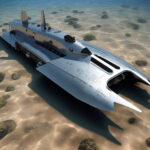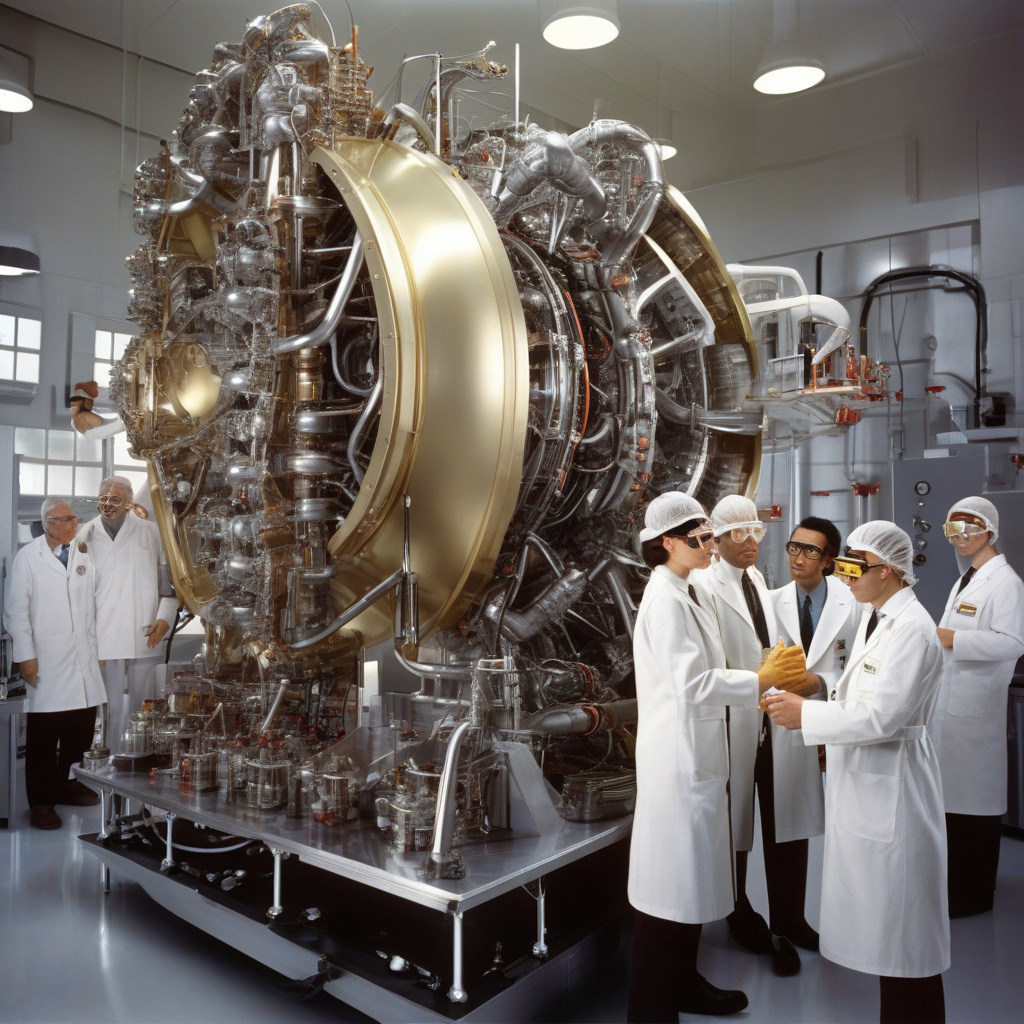Nuclear Rocket Breakthrough: US Scientists Develop Molten Uranium Engine for Faster Missions
Researchers have reported new progress in developing a liquid uranium-fueled rocket engine, a Centrifugal Nuclear Thermal Rocket (CNTR), that could potentially revolutionize space travel. This groundbreaking technology, developed by US scientists, promises faster and more efficient missions beyond Earth’s orbit, marking a significant advancement in the realm of space exploration.
The CNTR engine utilizes molten uranium as fuel, which is spun at high speeds within a closed-loop system to generate thrust. This innovative design offers several key advantages over traditional chemical rockets, including higher specific impulse, which translates to increased propellant efficiency and, ultimately, faster travel times. With the ability to deliver payloads at unprecedented speeds, the CNTR engine has the potential to transform our approach to both crewed and uncrewed missions to distant celestial bodies.
One of the most notable benefits of the molten uranium engine is its superior energy density compared to conventional rocket propellants. This higher energy content enables spacecraft equipped with CNTR technology to carry more significant payloads while requiring less fuel mass. As a result, missions that once seemed unfeasible due to technical constraints or cost considerations may now become viable, opening up new possibilities for scientific exploration and commercial ventures in space.
Moreover, the use of liquid uranium as a propellant offers a more sustainable alternative to existing rocket technologies. Unlike chemical rockets that rely on finite resources and produce harmful emissions, the CNTR engine harnesses the energy potential of uranium in a closed-loop system, minimizing environmental impact and reducing the need for frequent refueling. This eco-friendly approach aligns with current efforts to develop greener propulsion systems for space travel and underscores the importance of sustainability in future space missions.
In addition to its technical advantages, the CNTR engine represents a significant milestone in the ongoing quest for faster and more efficient propulsion systems. By pushing the boundaries of nuclear thermal propulsion, US scientists have demonstrated their commitment to advancing the frontiers of space exploration and driving innovation in aerospace engineering. The successful development of the molten uranium engine showcases the potential of nuclear technologies to propel humanity towards bold new horizons in the cosmos.
Looking ahead, the integration of CNTR technology into upcoming space missions could pave the way for expeditions to Mars, the outer planets, and even interstellar travel. By enabling spacecraft to reach their destinations more swiftly and with greater efficiency, the molten uranium engine holds the promise of transforming how we conceive of and undertake journeys into the vast expanse of space. As researchers continue to refine and optimize this groundbreaking propulsion system, the prospects for exciting new discoveries and achievements in space exploration appear brighter than ever before.
In conclusion, the development of the Centrifugal Nuclear Thermal Rocket engine represents a major leap forward in the field of space propulsion, offering faster mission capabilities, enhanced energy efficiency, and a more sustainable approach to space travel. With US scientists at the forefront of this technological breakthrough, the potential for transformative advancements in space exploration has never been more promising. As we witness the dawn of a new era in rocketry, fueled by molten uranium and propelled by innovation, the possibilities for future space missions are truly limitless.
nuclear, rocket, uranium, space exploration, propulsion












